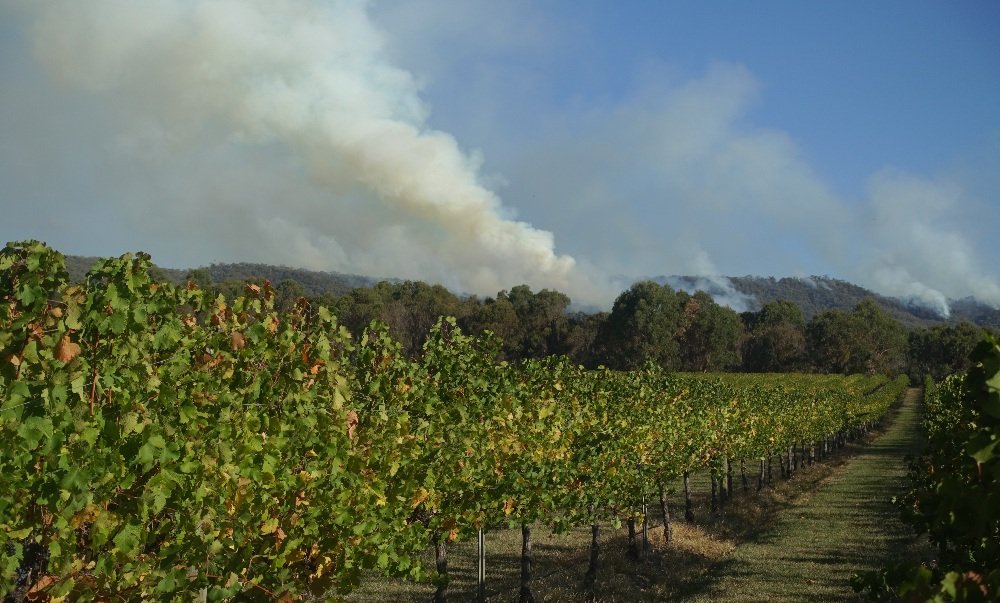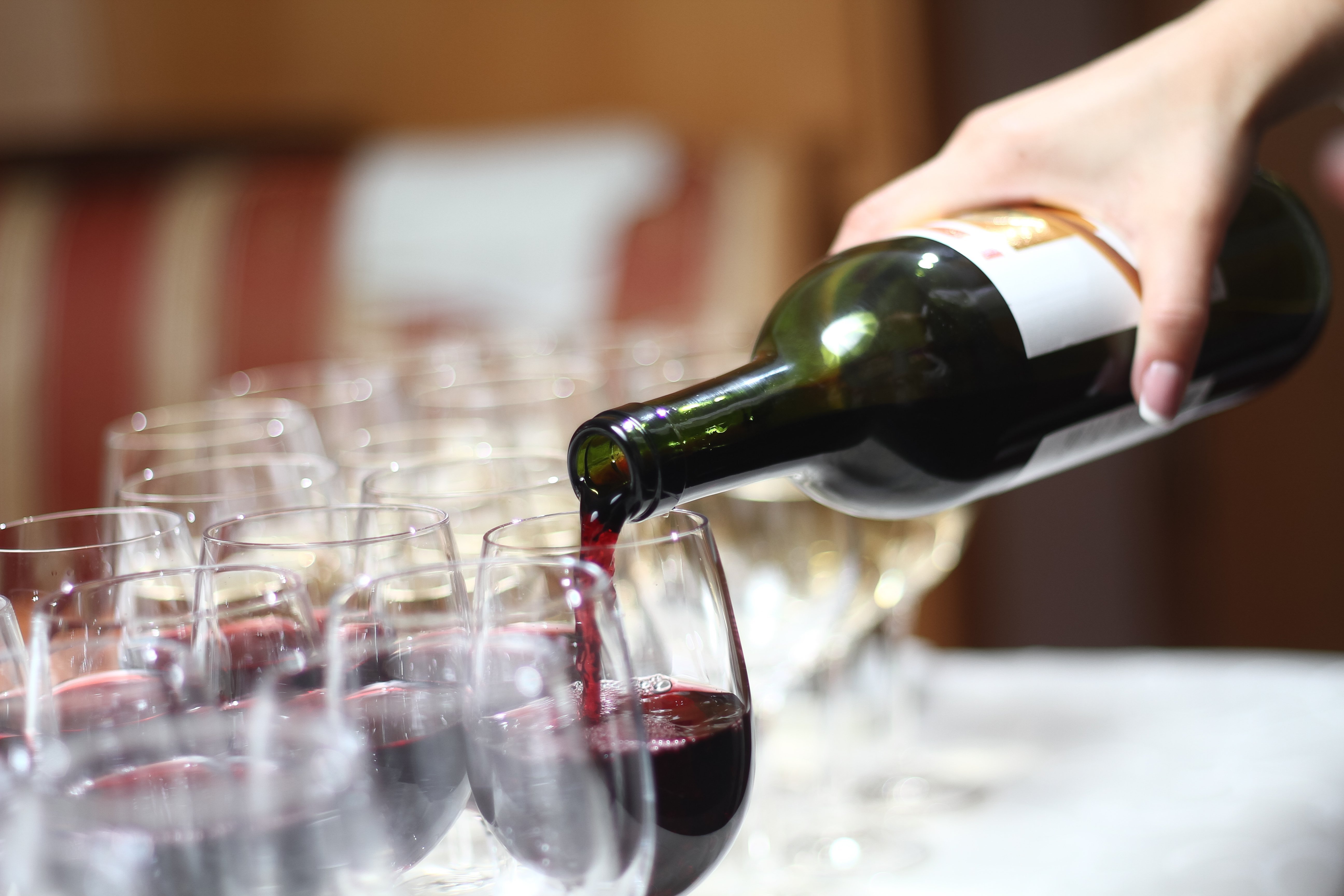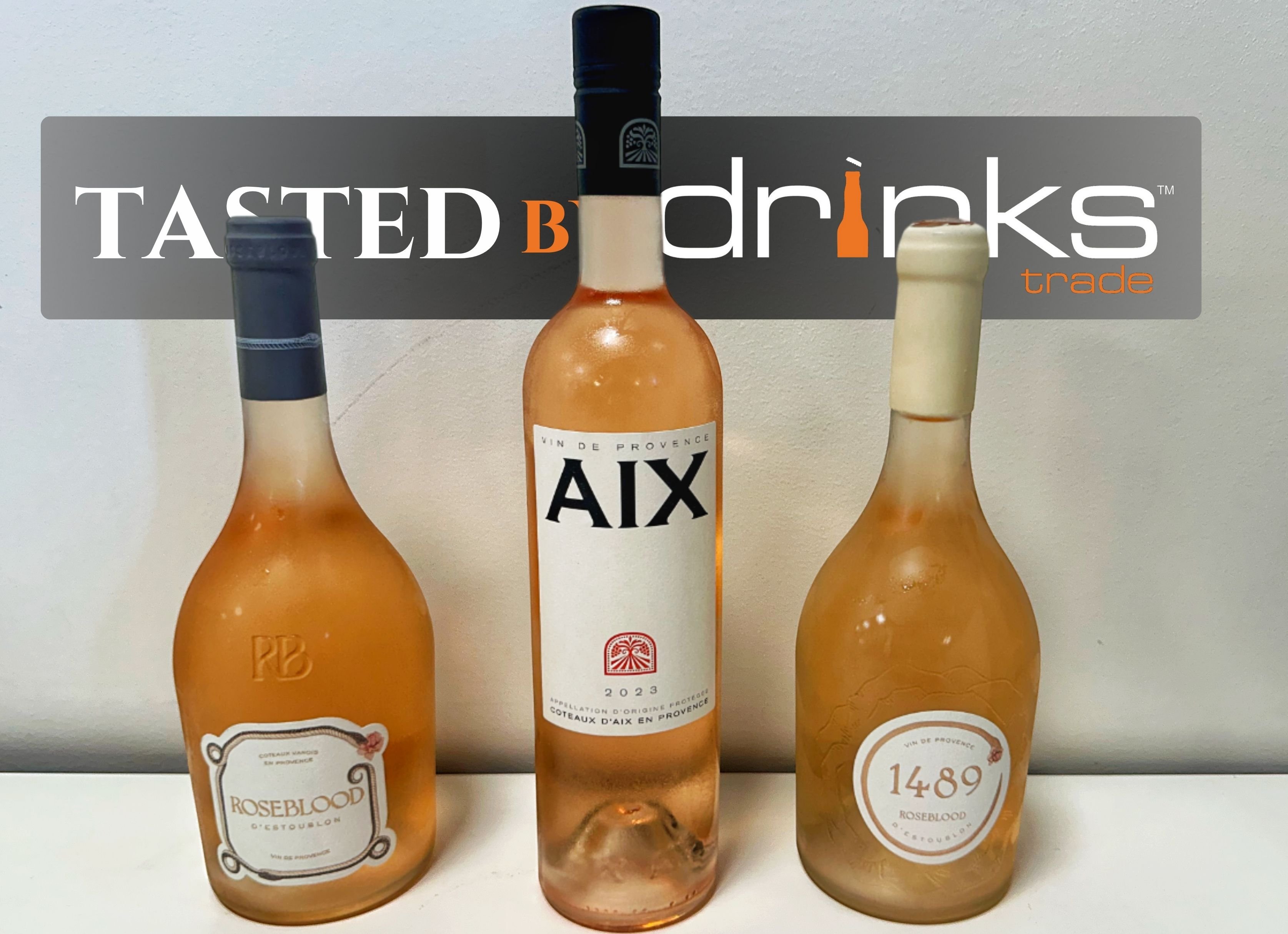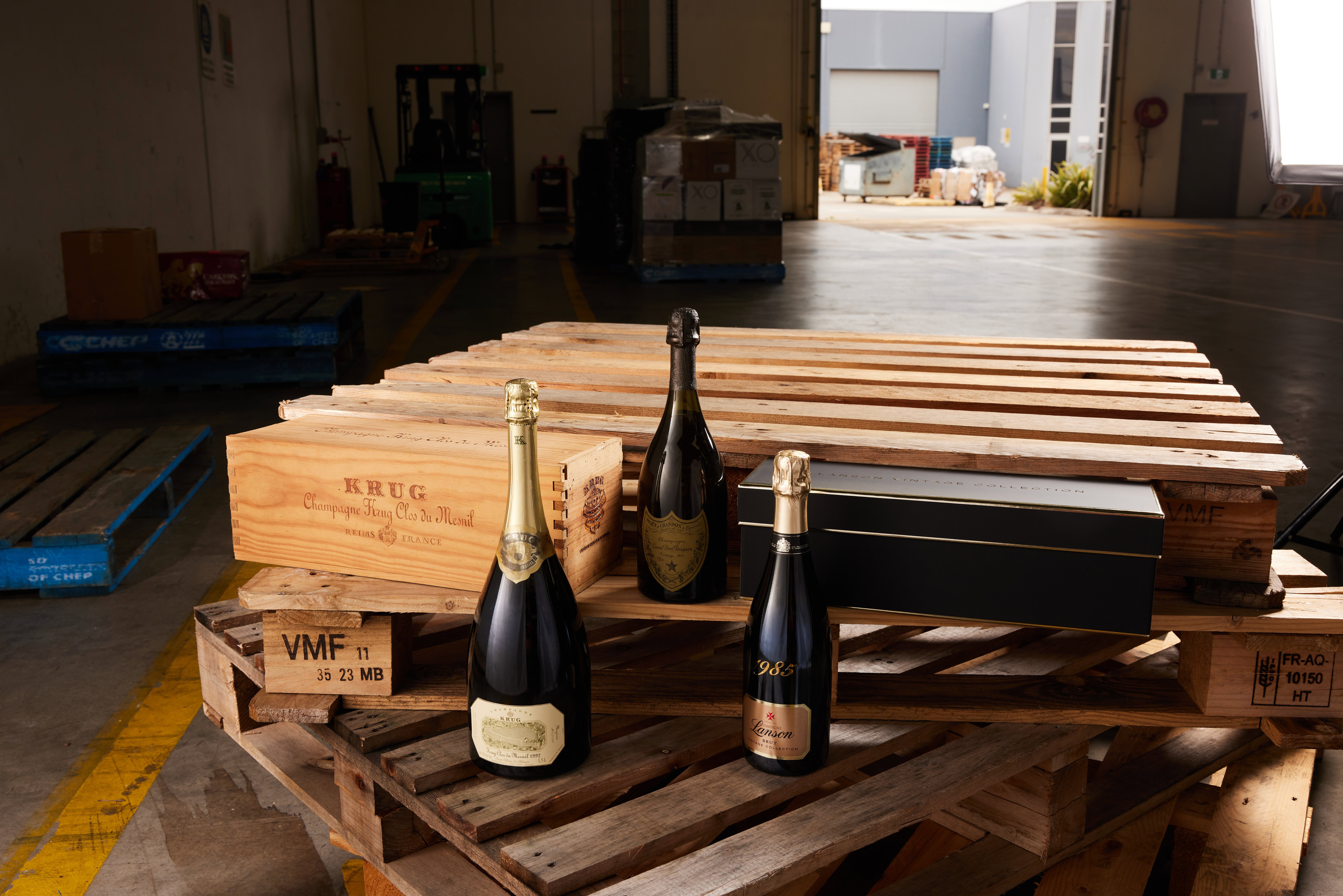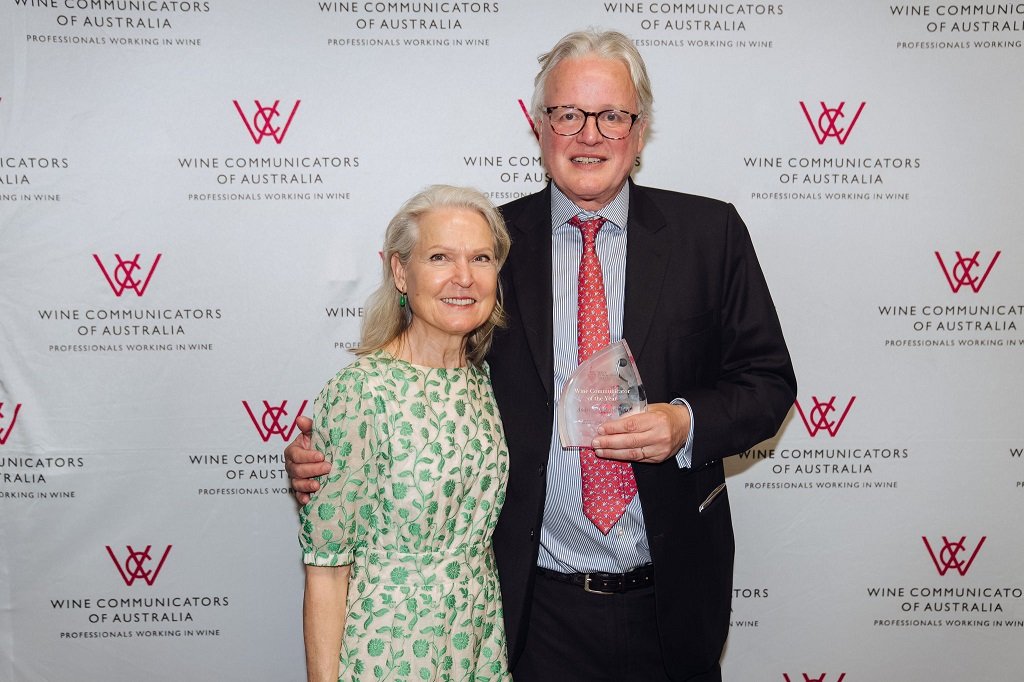Teams at the Australian Wine Research Institute (AWRI), La Trobe University and Agriculture Victoria announce comprehensive findings from research on mitigation and treatment for smoke taint.
The wine world is feeling the heat of climate change. Fire is the 'new normal', and smoke taint is the most significant environmental challenge our viticultural industry faces.
Our 2020 vintage saw vast losses of property, fruit and harvests from bushfire. Hardest hit included the Hunter Valley in New South Wales and the Adelaide Hills in South Australia. It devastated a large part of Australia's viticulture industry, but it provided valuable samples for analysis by the AWRI boosting Australia's intel on how to manage and mitigate smoke taint for the future.
Burning wood releases volatile phenols that are absorbed by the grape skin and binds to the molecular structure of the grape in a process known as glycosylation. The chemical structure of smoke-tainted wine means the problem continues to worsen as the wine ages.
Australia is at the global forefront of mitigation and treatment for smoke taint in wine grapes, and the Australian Wine Research Institute, La Trobe University and Agriculture Victoria in collaboration with Wine Australia, lead the charge.
Wine Australia Chief Executive Officer Andreas Clarke said the latest findings contributed to Australia’s international reputation for smoke taint research.
"Australia is the leading nation when it comes to understanding smoke effects on wine and wine grapes. It’s a very complex area of research, but our long-running and consistent studies have developed a solid knowledge base that can be called on in wine regions during fire events," Mr Clarke said.
"The innovative developments from the project have broadened the mitigation and treatment toolbox for grape growers and winemakers and have laid groundwork for further vital research to support our sector."
The multi-faceted project called Mitigation of Climate Change Impacts on the National Wine Industry by Reduction in Losses from Controlled Burns and Wildfires and Improvement in Public Land Management began in 2016 and aimed to reduce losses from smoke taint through assessing treatments and developing early predictors of smoke taint risk.
The project findings were vital to the industry during the bushfire crisis of the 2020 vintage.
"The timing of the fires earlier this year meant there was an urgent need to deliver this information to our community and we were able to work closely with winemakers to facilitate adoption of tailored techniques such as fining with activated carbon or dilution with unaffected wine for ameliorating smoke-affected juice and wines, " said AWRI Managing Director, Dr Mark Krstic.
Since the 2020 vintage, the research has ramped up a level. The AWRI is working on getting updated information out to wineries before the 2021 vintage, to prepare them in the event of fire. Group Manager for Industry Development and Support at AWRI, Con Simos said the upside of the 2020 vintage was it provided the opportunity to collect, identify, ferment and analyse a large number of grape samples from different regions exposed to smoke in various ways with varying levels of smoke effect and taint all of which contributed to knowledge and development.
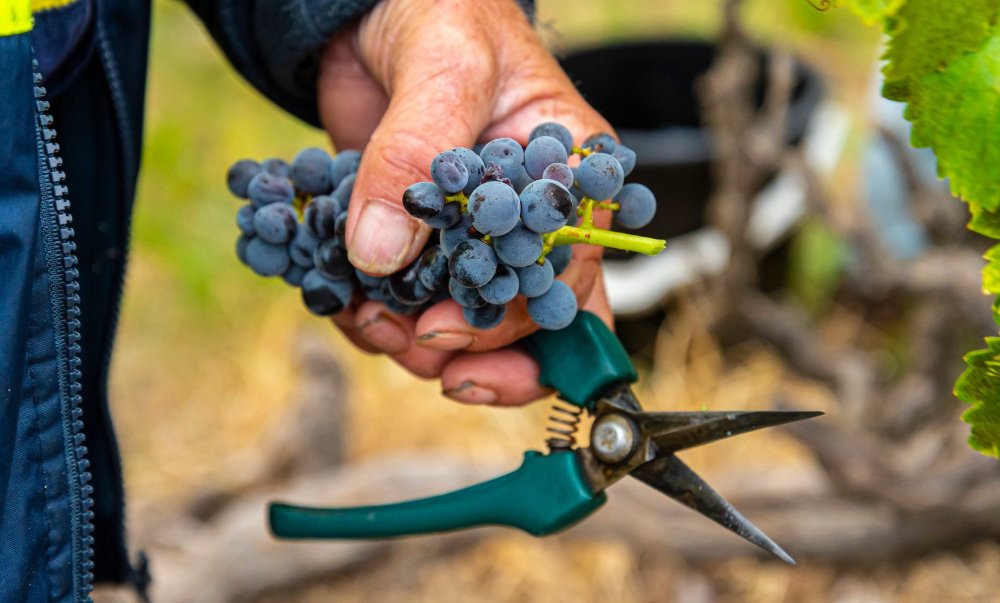
He says they take the wine at the embryonic stage and work hard at determining what can be bottled. They have trained teams of people who taste test micro ferments of affected 2020 wines daily.
Selecting and training the tasting panels was crucial because up to 20 per cent of the population cannot taste the smoke tainted flavours the rest find unpalatable and akin to licking a dirty ashtray. Smoke taint aromas include plastic, chemicals, medicinal, wet cigar or ash.
“This analysis is extremely important because these micro ferments will mimic what the vintage will look like,” said Mr Simos.
Leading up to the 2021 vintage the AWRI will take a broad communicative approach through conducting sensory workshops, online webinars, regularly updating fact sheets and their website with the latest research and information to boost the strength and capabilities within the wine regions.
"We are very cognisant of the questions people have asked us and the work we need to do. We want to make sure all that information is out by vintage 2021 because our role is to educate and empower the wineries to make an informed decision," said Mr Simos.
Australia is fortunate to have the industry-funded AWRI conducting long-term smoke taint research. Other global wine regions are not so blessed. Mr Simos said Californian wineries had already been in contact for advice about the latest bushfires in Napa and Sonoma.
"It is a big issue for viticulture worldwide," he said. "It's by far our biggest environmental challenge, and that's saying something."
Main image photo credit Ian Porter, La Trobe University
Share the content
